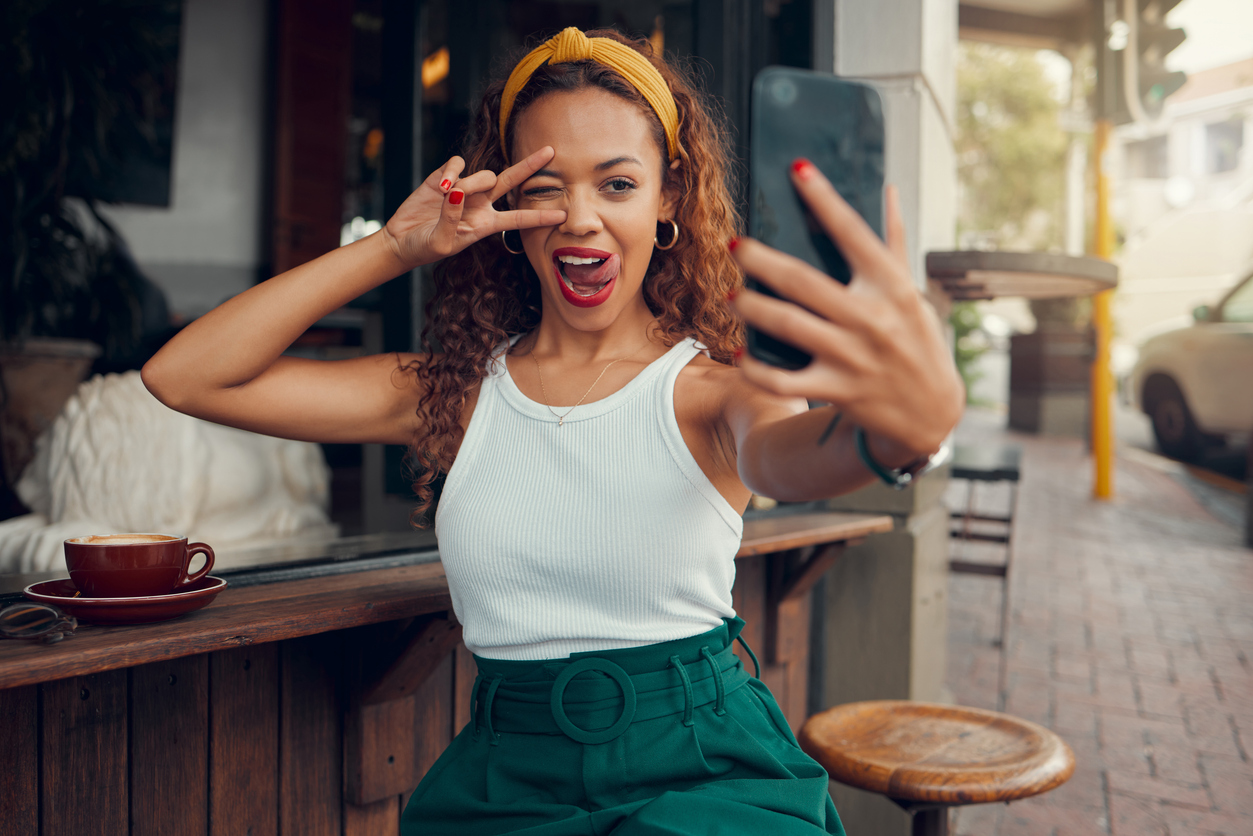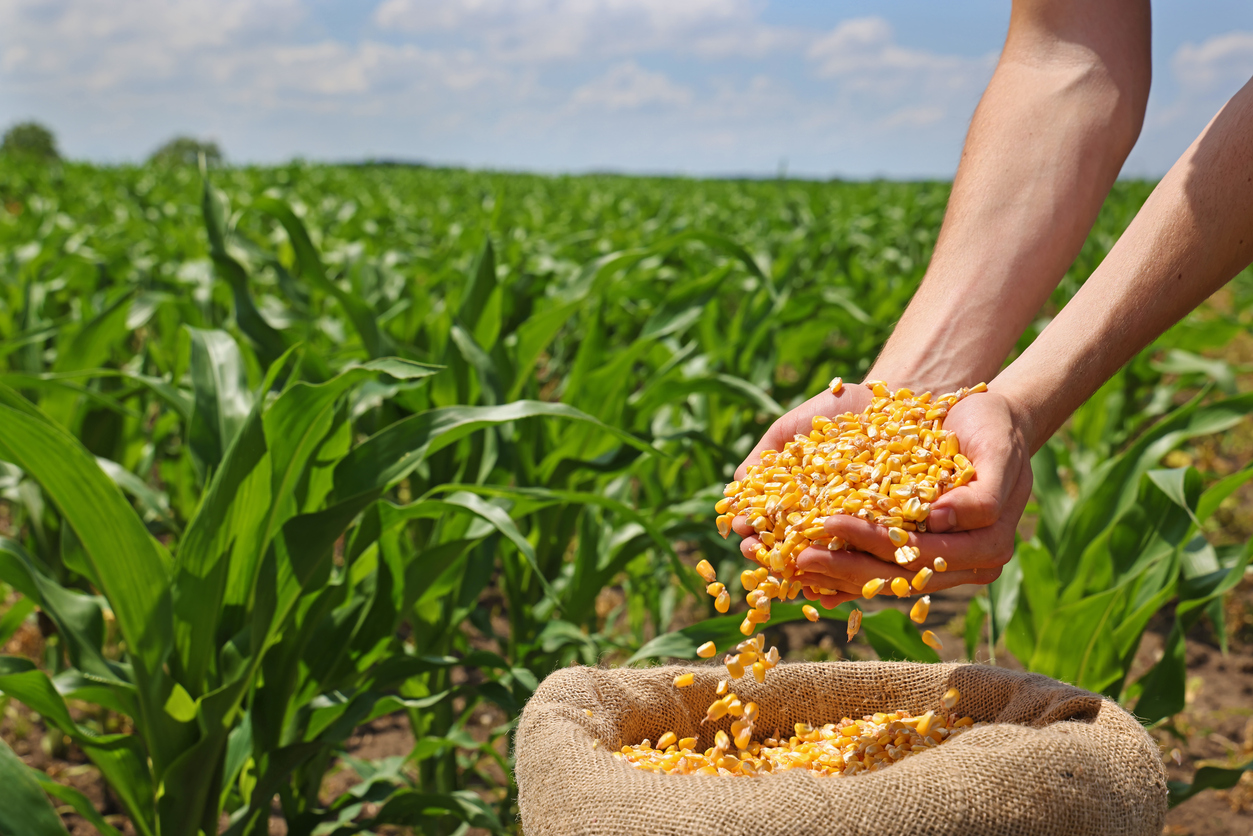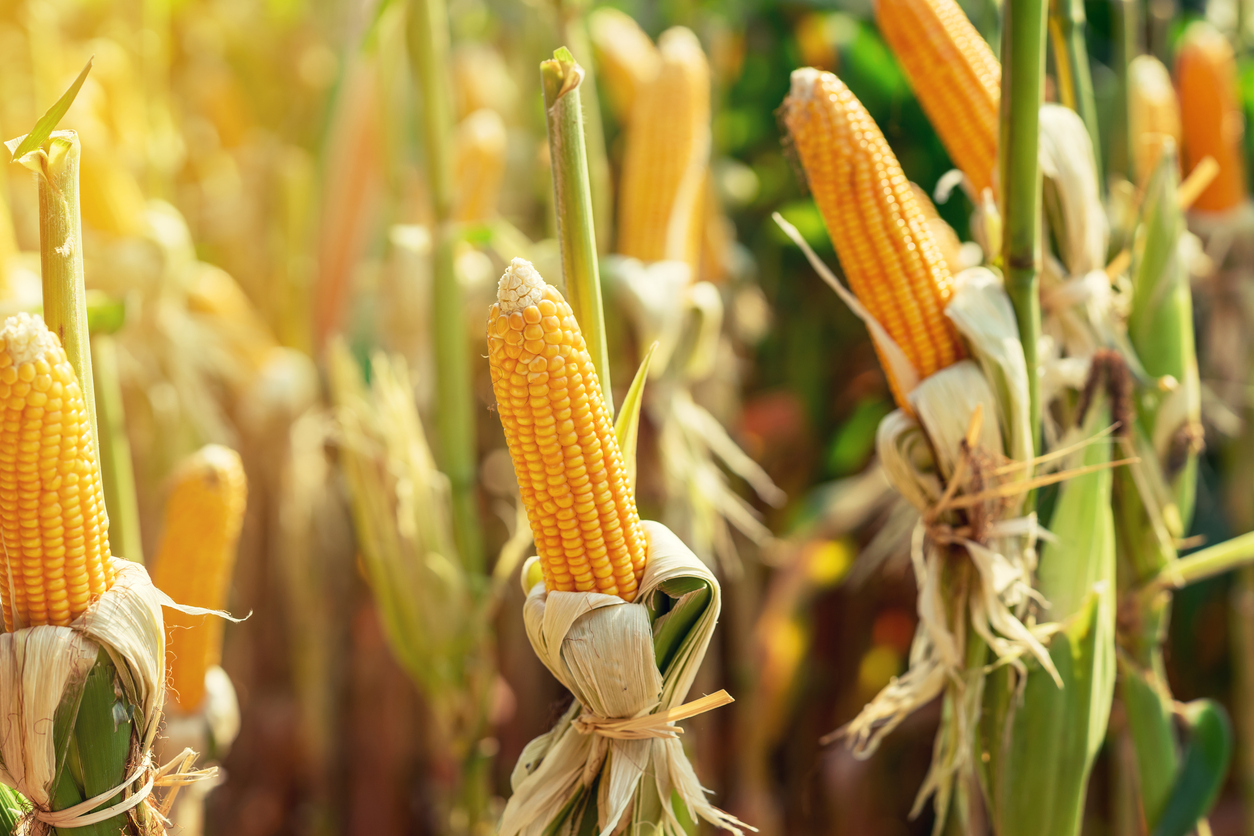Budgeting for Success: Understanding the Costs of Influencer Marketing with Wigmore Trading in Nigeria
Budgeting for Success: Understanding the Costs of Influencer Marketing with Wigmore Trading in Nigeria
In today’s digital age, influencer marketing has become a powerful tool for businesses to reach their target audience. But with the rise of this popular marketing strategy comes the need for careful budgeting and understanding of its costs. Join us as we dive into the world of influencer marketing with Wigmore Trading in Nigeria, uncovering key insights and tips on how to effectively budget for success in this dynamic industry.
Introduction to Influencer Marketing
Introduction to Influencer Marketing
In today’s digital age, social media has become an integral part of our daily lives. With millions of users worldwide, platforms like Instagram, YouTube, and TikTok have evolved into powerful marketing tools for businesses. This is where influencer marketing comes in – a form of collaboration between brands and individuals with a significant online following, known as influencers.
Influencers have built credibility and trust with their followers through their content, engagement, and expertise in a particular niche. As a result, they now hold immense power to sway consumer behavior and drive sales for brands. This is why influencer marketing has become increasingly popular among businesses across industries.
But what exactly is influencer marketing? Simply put, it is the process of partnering with influencers to promote your products or services to their audience. Instead of using traditional advertising methods that may not resonate well with consumers anymore, influencer marketing offers an authentic way for brands to connect with their target market through someone they trust.
The Costs of Influencer Marketing
While the concept of influencer marketing may sound appealing to businesses looking to reach new audiences and boost their sales, it’s essential to understand the costs associated with this strategy before diving in. The first thing you need to know is that there are no set rates or industry standards when it comes to influencer fees.
Several factors influence how much an influencer will charge for promoting your brand. These include their number of followers, engagement rate, type of content produced (e.g., photos or videos), duration of partnership/campaigns, exclusivity agreements (limiting them from working with competitors), and the complexity/effort required for the collaboration (e.g., creating original content vs. reposting).
Generally speaking, macro-influencers (over 100k followers) tend to charge higher fees than micro-influencers (10k-50k followers). However, micro-influencers often have more engaged and niche audiences, making them a cost-effective option for businesses with limited budgets.
Another important cost to consider is the production or ad spend associated with influencer campaigns. Some influencers may include these costs in their fees, while others may require additional compensation for creating high-quality content or running paid promotions on social media.
Influencer marketing can be a highly effective and lucrative strategy for businesses when done right. However, it’s crucial to understand the costs involved and budget accordingly to ensure a successful partnership with influencers. In the next section, we’ll dive deeper into the specific costs of influencer marketing in Nigeria and how you can plan your budget accordingly with Wigmore Trading.
The Rise of Influencer Marketing in Nigeria
The use of influencer marketing has been on the rise globally in recent years, and Nigeria is no exception. In fact, Nigeria has become one of the leading markets for influencer marketing in Africa. According to a report by Statista, the influencer marketing industry in Nigeria was estimated at $72 million in 2020 and is projected to reach $99 million by 2025.
So why has influencer marketing gained so much popularity in Nigeria? One of the main reasons is the country’s high social media usage. With a population of over 200 million people, Nigeria has over 33 million active social media users. This makes it an ideal platform for brands to reach their target audience through influencers who have a significant following on these platforms.
Another factor contributing to the rise of influencer marketing in Nigeria is the trust and credibility that influencers hold among their followers. Nigerian consumers are known to rely heavily on recommendations from friends and family before making purchase decisions. Influencers, with their engaging content and personal connection with their followers, have become virtual friends and trusted sources for product recommendations.
Moreover, influencer marketing allows brands to tap into diverse audiences as there are various types of influencers catering to different niches like fashion, beauty, lifestyle, food, fitness, etc. This enables brands to reach out to their specific target audience more effectively rather than using traditional forms of advertising that may not be as targeted.
Additionally, Nigerian influencers tend to have a strong local influence which resonates well with consumers as they feel more connected and relatable. This localized approach allows brands to create more authentic and culturally relevant campaigns that can better connect with their target market.
However, with all its benefits come certain costs that businesses need to consider when budgeting for influencer marketing campaigns in Nigeria. The first cost involved is paying the influencers themselves for promoting your brand or products. Depending on factors such as follower count and engagement rate, influencers can charge anywhere from a few hundred to several thousand dollars per post.
Apart from the influencer fees, brands also need to consider other expenses such as content creation costs, which may include photography, videography, and graphic design. There might also be additional costs for sponsored events or collaborations, transportation, and product samples for influencers.
Influencer marketing has become an integral part of the marketing mix in Nigeria due to its effectiveness in reaching target audiences and building trust with consumers. However, businesses must carefully budget and consider all costs involved before embarking on an influencer campaign. With proper planning and execution, influencer marketing can bring significant returns on investment for brands looking to expand their reach and influence in Nigeria’s market.
Understanding the Costs of Influencer Marketing
Influencer marketing has become a popular strategy for businesses looking to reach their target audience and boost sales. However, one of the biggest challenges for businesses is understanding the costs associated with this form of marketing. In this section, we will dive into the key elements that make up the costs of influencer marketing and how you can effectively budget for success with Wigmore Trading in Nigeria.
1. Finding the Right Influencers:
The first step in influencer marketing is identifying the right influencers who align with your brand’s values and have an engaged audience that fits your target market. Depending on your industry and niche, these influencers may charge different rates for promotional posts or campaigns. The cost can also vary based on factors such as follower count, engagement rate, and content format (e.g., Instagram post vs. YouTube video). It is essential to research potential influencers thoroughly and negotiate rates that fit within your budget.
2. Content Creation:
Once you have chosen your influencers, there are additional costs involved in creating content for sponsored posts or campaigns. This includes photography or videography fees, graphics design, copywriting services, etc. The complexity of these elements can significantly impact the overall cost of influencer marketing.
3. Platform Fees:
If you are planning to work with influencers on social media platforms like Instagram or YouTube, there may be platform fees involved as well. For instance, Instagram allows creators to tag products in their posts through shoppable tags; however, this feature comes at a cost depending on the number of products featured in the post.
4. Product/Service Cost:
In some cases, businesses provide free products or services to influencers as part of their collaboration agreement instead of monetary compensation. While this approach could save money upfront, it is essential to consider the value of these products/services given away and its impact on your bottom line.
5 . Tracking Tools:
Measuring ROI is crucial for any marketing campaign; therefore investing in tracking tools to monitor the success of your influencer marketing efforts is necessary. These tools can be costly, but they provide valuable insights into the reach and engagement of your campaign, helping you make data-driven decisions for future collaborations.
Understanding the costs involved in influencer marketing is crucial for budgeting and ensuring a successful campaign. It is essential to research, negotiate and track all expenses carefully to maximize the return on investment (ROI) of your collaboration with influencers. With Wigmore Trading in Nigeria, you can count on our expertise in managing influencer campaigns within a set budget while achieving desired results for your business.
Factors that Affect the Cost of Influencer Marketing with Wigmore Trading in Nigeria
In today’s digital age, influencer marketing has become an increasingly popular strategy for businesses to reach their target audience. With the rise of social media platforms and the growing influence of content creators, partnering with influencers has become an essential part of many companies’ marketing plans. However, one common concern that arises when considering influencer marketing is the cost associated with it.
When working with Wigmore Trading in Nigeria, there are several factors that can affect the cost of influencer marketing. Understanding these factors is crucial in creating a budget and ensuring a successful campaign. In this section, we will dive deeper into these key elements to give you a better understanding of what goes into determining the cost of influencer marketing with Wigmore Trading.
1. Influencer’s Reach and Engagement
The most significant factor affecting the cost of influencer marketing is the reach and engagement of the chosen influencer. The larger their following and engagement rate, the higher their rates will be. This is because influencers with a large number of followers tend to have more influence over their audience, making them more valuable to brands.
Additionally, some influencers may charge more if they have a high engagement rate on their posts. This means that their audience actively engages with their content through likes, comments, shares, etc., making them more likely to trust recommendations from that particular influencer.
2. Type and Length of Collaboration
Another factor that affects the cost is the type and length of collaboration between Wigmore Trading and an influencer. For instance, if you opt for a one-time sponsored post on Instagram or YouTube video featuring your product or service compared to an ongoing brand ambassadorship program, you can expect varying costs.
Generally speaking, long-term collaborations are often more expensive as they require more time commitment from both parties involved.
3. Exclusivity Agreements
Some influencers may charge extra fees for exclusivity agreements wherein they promote only your brand exclusively during a specific period. This can be beneficial for businesses looking to stand out and make a significant impact in their market.
4. Production Costs
In certain cases, Wigmore Trading may require influencers to create specific content, such as high-quality images or videos featuring their products. In such instances, production costs may also be factored into the overall cost of influencer marketing.
5. Industry and Niche
The industry and niche that your business falls under can also affect the cost of influencer marketing with Wigmore Trading. For example, if you are in the fashion or beauty industry where collaborations with influencers are more common, you may expect higher rates compared to a business in a less saturated market.
Several factors influence the cost of influencer marketing with Wigmore Trading in Nigeria. By understanding these elements and considering them when creating a budget for your influencer campaign, you can work towards achieving successful results within your set budget.
– Follower count and engagement rate
In the world of influencer marketing, one of the key metrics for measuring success is an influencer’s follower count and engagement rate. These two factors play a crucial role in determining the impact and effectiveness of an influencer campaign.
Follower count refers to the total number of followers an influencer has across all their social media platforms. This includes followers on Instagram, YouTube, Twitter, Facebook, and any other relevant platform they use to engage with their audience. The higher the follower count, the wider reach an influencer has and thus more potential to influence their audience.
However, it is important to note that follower count alone should not be used as the sole metric for choosing influencers. While having a large following may seem impressive at first glance, it is equally important to consider an influencer’s engagement rate.
Engagement rate measures how much interaction an influencer receives from their followers in terms of likes, comments, shares or clicks on their posts. A high engagement rate indicates that an influencer’s content resonates well with their audience and encourages them to take action.
Ideally, brands should look for influencers with both a high follower count and engagement rate. This combination signifies that not only does the influencer have a wide reach but also has a highly engaged audience who are likely to pay attention to sponsored content.
When working with influencers in Nigeria through Wigmore Trading or any other agency or platform,it is important for businesses to thoroughly analyze an influencer’s follower count and engagement rate before partnering with them. This will ensure that your brand message reaches a relevant target audience who will actively engage with your product or service.
Moreover, tracking these metrics during and after campaign execution can provide valuable insights into its overall performance. For instance, if you notice a decline in engagement rates during the campaign period compared to previous posts by the same influencer,this could indicate that there were issues with content relevance or delivery which need to be addressed.
Follower count and engagement rate are essential factors to consider when budgeting for influencer marketing. They not only determine an influencer’s potential reach but also give insights into their audience’s level of interest and responsiveness. By carefully analyzing these metrics, businesses can make informed decisions about which influencers to partner with and ensure a successful campaign that yields tangible results.
– Type of influencer (micro, macro, celebrity)
Influencer marketing has become a popular and effective strategy for companies all around the world, including Nigeria. However, when it comes to budgeting for influencer marketing, one of the key factors to consider is the type of influencer you want to work with. In this section, we will discuss the different types of influencers – micro, macro, and celebrity – and their respective costs in order to help you make an informed decision.
1. Micro-Influencers:
Micro-influencers are individuals with a relatively small but highly engaged social media following within a specific niche or community. They typically have between 1,000 to 100,000 followers on their social media platforms. While they may not have a large reach like macro or celebrity influencers, they have a strong influence over their audience due to their niche expertise and personal connection with their followers.
The cost of working with micro-influencers in Nigeria can vary depending on factors such as their level of engagement and the platform they use. Typically, micro-influencers charge between ₦10k-₦50k per post on Instagram and ₦2k-₦30k per tweet on Twitter. This makes them an affordable option for businesses that are just starting out with influencer marketing or have limited budgets.
2. Macro-Influencers:
Macro-influencers are individuals who have a larger following than micro-influencers – usually between 100,000 to 1 million followers on social media platforms. They often have established reputations in their industry or field and can reach a wider audience compared to micro-influencers.
Working with macro-influencers in Nigeria can be more expensive than micro-influencers due to their larger reach and influence. The average cost for one sponsored post from a macro-influencer can range from ₦50k-₦200k on Instagram and ₦20k-₦100k on Twitter. This can be a worthwhile investment for businesses with a larger budget and looking to reach a wider audience.
3. Celebrity Influencers:
Celebrity influencers, as the name suggests, are well-known public figures such as actors, musicians, or athletes who have millions of followers on their social media platforms. They have a massive reach and influence over their fans and followers, making them an attractive option for brands looking to increase their brand awareness or promote new products.
In Nigeria, working with celebrity influencers can be quite expensive due to their high demand and popularity. The cost of one sponsored post from a celebrity influencer can range from ₦200k-₦1 million on Instagram and ₦50k-₦500k on Twitter. However, this type of collaboration can bring significant returns for businesses that have the budget for it.
When it comes to choosing the right type of influencer for your brand in Nigeria, it is crucial to consider your budget and marketing goals carefully. While micro-influencers may be more affordable
– Duration and frequency of collaboration
When it comes to collaborating with influencers for your marketing campaigns, one important factor to consider is the duration and frequency of the collaboration. This refers to how long you will be working with the influencer and how often they will be promoting your brand or product.
The duration of a collaboration can vary greatly depending on your goals and budget. Some collaborations may only last for a few weeks, while others can span several months or even years. It is important to have a clear understanding of your objectives before determining the duration of the collaboration.
Influencers typically charge for their services based on a set timeframe, such as per post, per day, or per month. The longer the collaboration, the higher the cost will be. Therefore, it is crucial to carefully consider your budget and ROI potential when deciding on the duration of your collaboration.
Another aspect to consider is the frequency of collaborations with an influencer. This refers to how often they will promote your brand or products within a specific time period. Some brands may choose to work with an influencer on a one-time basis for a single campaign, while others may opt for ongoing collaborations where the influencer promotes their brand regularly.
The frequency of collaborations is also influenced by various factors such as campaign objectives, target audience demographics, and budget constraints. For example, if you are launching a new product or service, you may want multiple posts from an influencer over a short period of time in order to create buzz and generate interest among their followers.
On the other hand, if you are looking for long-term brand awareness and association with an influencer’s image or lifestyle, then ongoing collaborations at regular intervals would be more beneficial.
It is important to note that consistency plays a significant role in successful influencer marketing campaigns. A consistent presence on an influencer’s platform helps build credibility and trust among their followers towards your brand.
However, it is also essential not to overwhelm an audience with too many sponsored posts, as it can come across as inauthentic and may result in a negative impact on your brand’s image.
The duration and frequency of collaborations with influencers are two crucial aspects to consider when budgeting for successful influencer marketing campaigns. It is important to find the right balance between cost, ROI potential, and the goals of your campaign to make the most out of your collaboration with influencers.
– Content creation and usage rights
Content creation and usage rights are crucial aspects to consider when budgeting for influencer marketing. As a business, it is important to understand the costs associated with creating and using content for your influencer campaigns. In this section, we will dive deeper into what content creation and usage rights entail and how they can impact your budget.
Firstly, let’s define what content creation means in the context of influencer marketing. Content creation refers to the process of producing creative materials such as videos, photos, blog posts, or social media posts that promote a product or service. These materials are usually created by influencers who have a large following on social media platforms like Instagram, YouTube, or TikTok.
The cost of content creation can vary depending on the type of material produced and the influencer’s following. For instance, a simple post on Instagram may cost less than a professionally produced video on YouTube. Additionally, influencers with larger followings tend to charge higher rates for their services compared to those with smaller followings.
Apart from fees charged by influencers for creating content, there are other costs involved in the production process that need to be considered in your budget planning. These may include hiring photographers or videographers to assist with the shoot, purchasing props or products featured in the campaign, and editing software or tools used to enhance the final output.
In addition to understanding the costs associated with content creation itself, businesses also need to factor in usage rights when working with influencers. Usage rights refer to the permission granted by an influencer for a brand to use their created content for promotional purposes. This includes reposting their images or videos on your own social media platforms or using them in advertisements.
Usage rights may come at an additional cost depending on what is agreed upon between both parties. Some influencers may grant full usage rights while others may limit usage only within certain parameters such as time frame or specific platforms.
It is essential for businesses engaging in influencer marketing to have a clear understanding of the content creation and usage rights terms agreed upon with their influencers. This will not only help in budgeting accurately for your campaigns but also avoid any potential legal issues.
Content creation and usage rights are important factors to consider when budgeting for influencer marketing. Understanding these costs can help businesses plan their budgets effectively and ensure a successful collaboration with influencers.
Case Study: Successful Influencer Campaigns with Wigmore Trading in Nigeria
Case Study: Successful Influencer Campaigns with Wigmore Trading in Nigeria
Influencer marketing has become a popular strategy for businesses to reach their target audience and increase brand awareness. In Nigeria, one company that has successfully utilized influencer campaigns is Wigmore Trading – a leading distributor of quality building materials.
Wigmore Trading recognized the potential of influencer marketing early on and decided to invest in this strategy to promote their products. They partnered with well-known influencers in the construction industry who had a significant following on social media platforms such as Instagram, Twitter, and YouTube.
The first step for Wigmore Trading was to identify the right influencers to collaborate with. They looked for individuals or groups who were not only popular but also aligned with their brand values and target audience. This ensured that their message would resonate with the influencer’s followers.
Next, they worked closely with the influencers to create engaging content that highlighted Wigmore Trading’s products and services. The influencers shared images, videos, and blog posts featuring Wigmore Trading’s products being used in real-life projects. This helped build trust among their audience as they could see the effectiveness of the company’s products through these influencers’ experiences.
To make sure that their campaign reached a wider audience, Wigmore Trading also collaborated with micro-influencers – individuals or groups with smaller but highly engaged followers. These micro-influencers were experts in specific areas such as interior design or home renovation, making them perfect ambassadors for promoting Wigmore Trading’s products.
In addition to social media collaborations, Wigmore Trading also organized events where they invited these influencers to showcase their products and engage directly with potential customers. This gave consumers an opportunity to interact with both the product and influencer, creating an authentic connection between them and increasing brand credibility.
The success of these influencer campaigns can be seen through increased engagement on social media platforms, improved website traffic, and ultimately higher sales for Wigmore Trading. The company’s brand awareness also significantly increased as their products were being promoted by trusted influencers, leading to a stronger market presence.
Wigmore Trading’s partnership with influencers in Nigeria has proven to be a successful marketing strategy. By carefully selecting the right influencers, creating compelling content, and engaging with their audience through events and social media, they were able to achieve their marketing goals and drive business growth. This case study demonstrates the effectiveness and potential of influencer campaigns for businesses looking to reach their target audience and increase brand visibility.








Comments are closed.